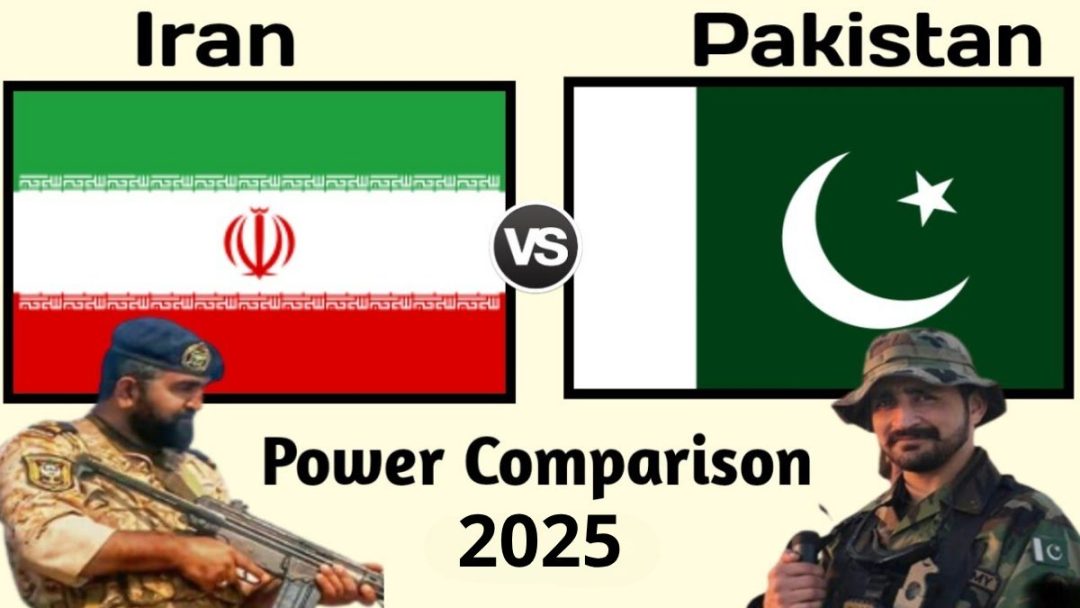Tensions are escalating in South Asia as Iran and Pakistan prepare to showcase their military might in 2024, raising alarms over potential conflict in the region. With both nations ramping up defense budgets and modernizing their armed forces, the stakes have never been higher. Recent military drills and strategic alliances signal a significant shift in the balance of power, leaving analysts and governments on edge.
 Iran, bolstered by advancements in missile technology and a robust naval presence in the Persian Gulf, is positioning itself as a formidable force. The Islamic Republic’s military capabilities have been enhanced by domestic production of drones and precision-guided munitions, making it a key player in regional stability—or instability, depending on the perspective.
Iran, bolstered by advancements in missile technology and a robust naval presence in the Persian Gulf, is positioning itself as a formidable force. The Islamic Republic’s military capabilities have been enhanced by domestic production of drones and precision-guided munitions, making it a key player in regional stability—or instability, depending on the perspective.
On the other hand, Pakistan is not standing idle. The nation is investing heavily in new fighter jets and expanding its naval fleet, aiming to secure its borders and assert dominance in the Indian Ocean. With ongoing tensions with India and a complex relationship with Afghanistan, Pakistan’s military strategy is increasingly focused on deterrence and rapid response.
The implications of this military buildup are profound. Analysts warn that a miscalculation could lead to a catastrophic confrontation, not just between Iran and Pakistan, but potentially drawing in global powers. As both nations flex their military muscles, the international community watches closely, fearing the specter of war could overshadow diplomatic efforts.
In this volatile environment, the world must remain vigilant. The military power dynamics between Iran and Pakistan are shifting, and the consequences could reverberate far beyond their borders. As 2024 approaches, the urgency for dialogue and de-escalation has never been more critical. The question remains: will diplomacy prevail, or are we on the brink of a new conflict? Stay tuned as this story develops.